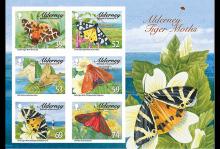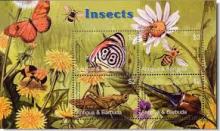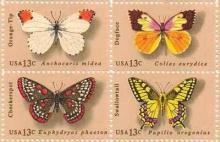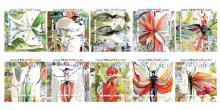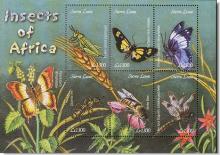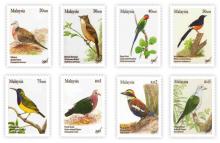The plight of the Florida grasshopper sparrow
- Read more about The plight of the Florida grasshopper sparrow
- Log in to post comments
In a desperate bid to save a nearly extinct species, the U.S. Fish and Wildlife Service announced Thursday that it is launching a captive breeding program for Florida's grasshopper sparrow (Ammodramus savannarum floridanus). If they do nothing, experts predict the sparrow will go extinct in three to five years, just like its cousin, the dusky seaside sparrow (Ammodramus maritimus nigrescens). The dusky disappeared from the Earth in 1987 when the last survivor died at Disney World. If the Florida grasshopper sparrow vanishes, it would be the first bird species to go extinct in the United States since then, according to the Cornell Laboratory of Ornithology."Captive breeding is labor intensive and challenging. It is generally done as a last resort and there are no guarantees. But we have to try," said Larry Williams, the head of the U.S. Fish and Wildlife Service office in Vero Beach. "This is an emergency and the situation for this species is dire. This is literally a race against time." Biologists estimate that fewer than 200 of the tiny birds remain. State and federal biologists plan to spend the next three months hunting for sparrow eggs, hoping to collect up to 20 to take to the Rare Species Conservatory Foundation in Loxahatchee. The eggs would be placed in incubators until they hatch.


